How Manhattan’s Iconic Office Towers Stay Competitive
Start with the architecture and the reputations — and then aggressively reposition or repurpose altogether
By Isabelle Durso February 11, 2025 9:30 am
reprints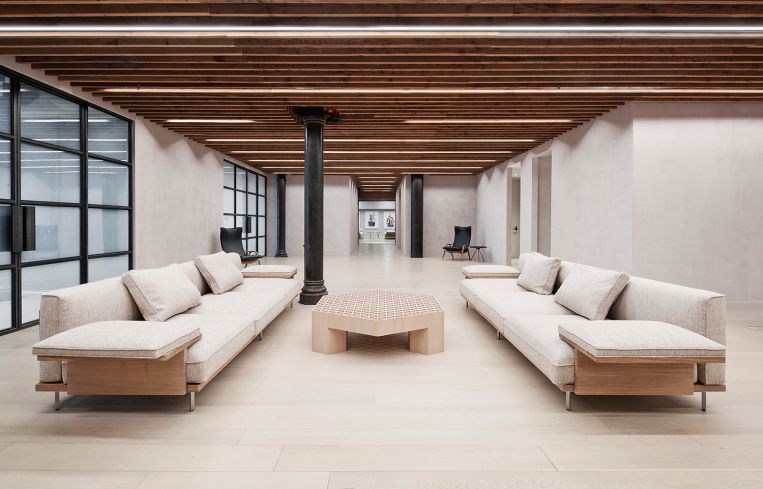
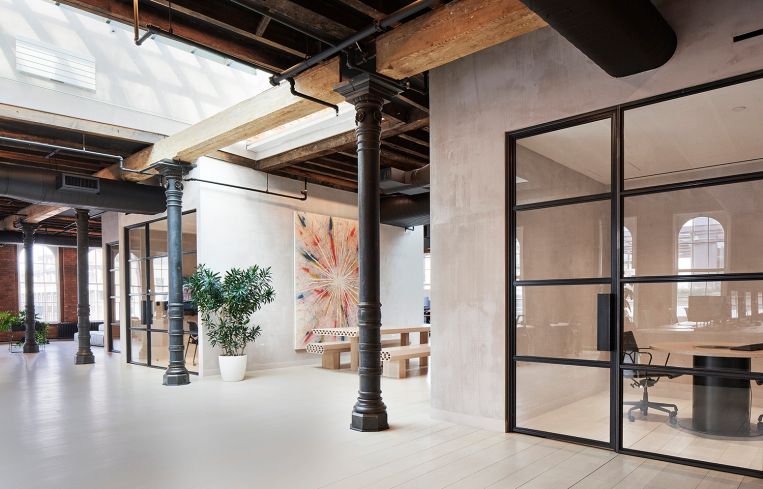
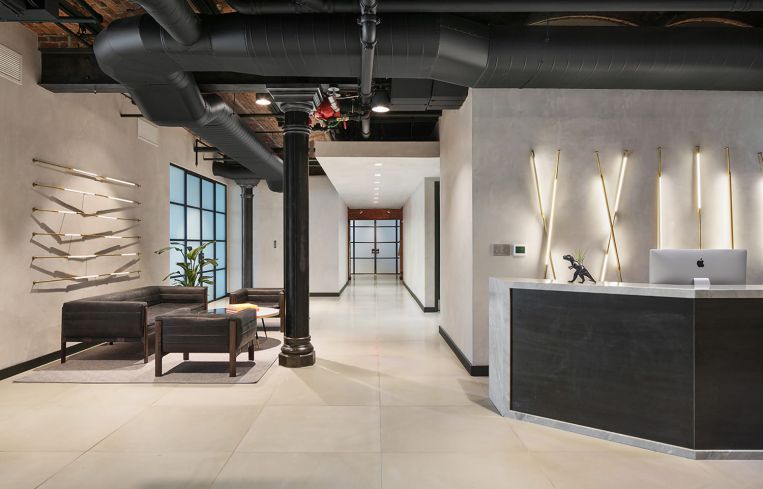

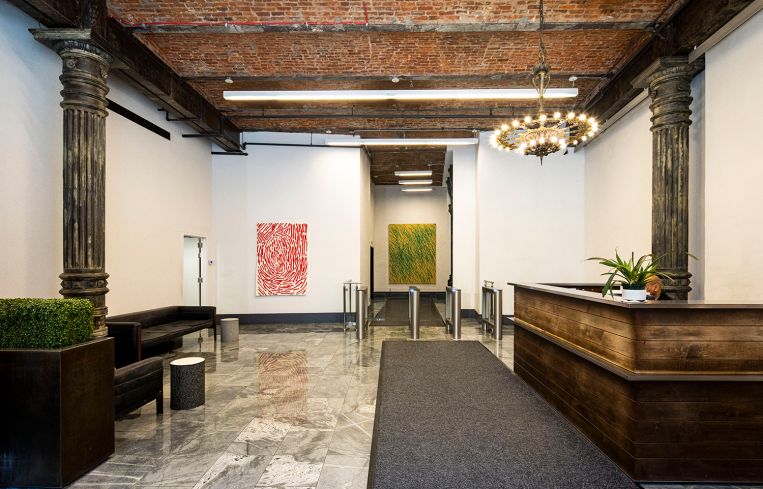
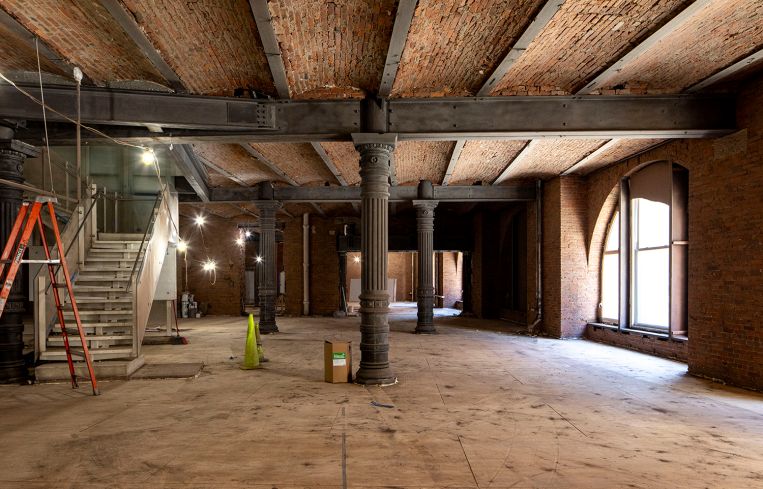
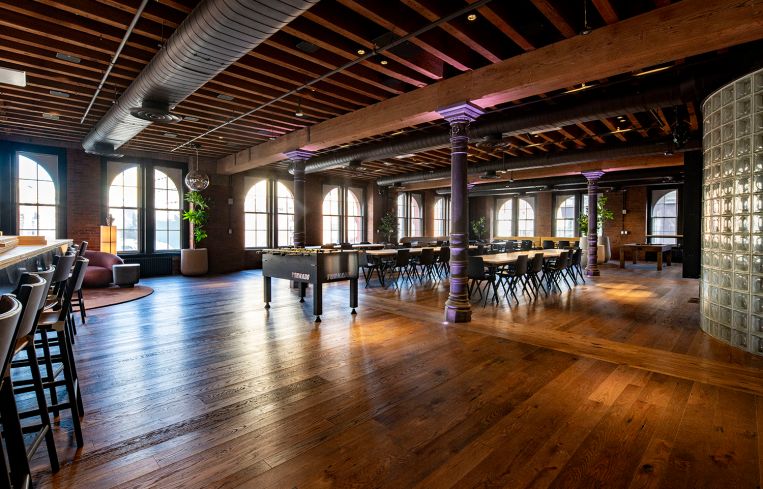



Everything old is new again.
Despite New York City’s everchanging skyline with all sorts of shiny new buildings that grab attention, it still has some of the nation’s oldest office buildings, with several dating to the 1800s — but aged doesn’t mean falling apart. It doesn’t mean bad. In fact, it can mean classic. Moreover, these properties are not attracting old, fusty tenants but the newest and most cutting-
edge companies.
Through decades of wear and tear, economic recessions, market-altering pandemics and competition from gleaming new towers like One Vanderbilt and those of Hudson Yards, some of these landmarks have remained iconic destinations where tenants — whether office or retail — desire to be.
A big reason for this is very simple: These properties have been upgraded and renovated with the latest amenities and technology, while still preserving the character, history and, in particular, classic architecture.
This work can in part overcome often baked-in environmental challenges in the era of LEED certification. The construction materials and designs of these older towers did not originally set them up to be particularly green in terms of carbon emissions. No matter, though. The overhauls and, especially, the reputations do the heavy lifting.
“They’re iconic,” Hilary Spann, executive vice president of BXP’s New York region whose portfolio includes the 56-year-old General Motors Building, told Commercial Observer. “Some of them are really architectural gems that you probably could not afford to build today. There are really unique, era-defining designs that come along with these buildings, and I think the simplicity of a lot of those designs has really stood the test of time.”
While some historic buildings such as the nearly 100-year-old Helmsley Building, the McGraw-Hill Building and the Art Deco Chrysler Building have faced distress, other icons like the GM Building, the Empire State Building and the Puck Building have held on to their vaunted status, continuing to draw new tenants.
When it comes to buildings like Kushner Companies’ Puck Building, nothing is more important than the design, according to Nicole Kushner Meyer, a principal at the company.
The seven-story SoHo building at 293 Lafayette Street was designed in 1886 by German architect Albert Wagner for the now-defunct Puck magazine, which was known for its mischievous cartoons and political satire.
Famous for its gold statue of Shakespeare’s Puck character from “A Midsummer Night’s Dream” and its large windows on all four sides, the Puck was later extended to cover the entire city block between Jersey and East Houston streets. Before the magazine shut down in 1918, it used the property for its printing press, with some of the turbines that powered the lithography systems still in the building today.
Kushner, which acquired the property in 1980, preserved key historic elements like the turbines, while still making upgrades and renovations to amenities such as the elevators and lobby.
“The power of a prime location, strong building fundamentals, and the right timing has allowed us to create tremendous value while continually enhancing the experience for residents, tenants, employees, retail shoppers and diners alike,” Meyer said. “The Puck Building has evolved into a dynamic, multifaceted destination, staying true to its architectural grandeur and original character while adapting to modern needs.”
Today, the roughly 220,000-square-foot Puck is home to U.K.-based hedge fund Quadrature, which signed a 10-year lease for 30,034 square feet on the entire fourth floor in November 2023. It also attracted one of the white whales of technology tenants in October when artificial intelligence giant OpenAI signed a major deal for 90,000 square feet on the entire second and third floors.
Those deals brought the Puck to a 100 percent occupancy rate, according to Kushner.
(Disclosure: Meyer is married to Joseph Meyer, chairman of Commercial Observer owner Observer Media.)
OpenAI’s two floors, which are currently undergoing construction, feature wide and open floor plates with original wood and brick ceilings, as well as columns dating back to the building’s completion.
“Moving into the Puck Building has strengthened our ties with local users and community members, enterprise customers and developers, while giving our growing New York team a collaborative, purpose-built space,” Tracy Hawkins, vice president of real estate at OpenAI, said in a statement.
Puck is just one of the classic properties attracting new tenants. RFR Holding managed to secure one of the biggest leases of 2024 at its landmarked Seagram Building when alternative investment firm Blue Owl Capital expanded to 238,673 square feet across multiple floors of the building, as CO previously reported.
Blue Owl Capital’s deal was one of 60 office leases totaling 2.7 million square feet at Midtown trophy buildings in 2024, according to a report from Savills. Plus, the availability rate of the area’s trophy buildings — which Savills describes as “architecturally significant office properties situated in a premier location” — was just 11.2 percent by the end of the fourth quarter of 2024, a new recent low.
That’s compared to Midtown’s overall availability rate of 15.2 percent during the fourth quarter, according to a report from Colliers.
Back at the Puck, investment firm Thrive Capital and fintech firm Plaid also have their offices in the building, while outdoor equipment retailer REI and Italian restaurant Torrisi are retail tenants on the ground floor.
Rich Torrisi, chef at the eponymous eatery, said he prioritized showcasing “the bones of the building” when he opened his restaurant in December 2022. That included keeping the dark green of the exterior as part of the restaurant’s decor and highlighting the “whimsical nature” of the building, he said.
The top floors of the Puck, meanwhile, were converted into six luxury penthouses with a private entrance looking out onto Lafayette Street, Kushner representatives said.
And the Puck hasn’t been the only landmarked office property to take a crack at residential.
From 1902 to 2019, GFP Real Estate’s Flatiron Building was famously an office building, with prominent tenants such as Macmillan Publishers, which at one point occupied all 21 floors. But now, the triangular landmark that inspired countless postcards is being converted into residential — a move that chairman Jeffrey Gural said he didn’t anticipate.
“But the money is there to convert from office to residential, not to buy an empty building and make it into all offices,” Gural said. “So I think converting the Flatiron to residential condos will be a big success.”
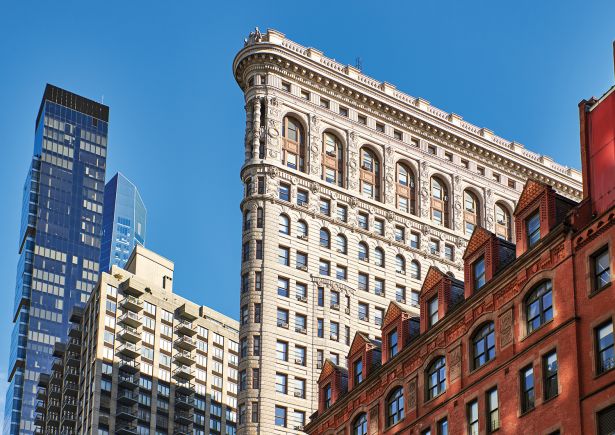
In August, after a long journey to take control of the property, GFP, the Brodsky Organization and the Sorgente Group officially filed plans to convert the Flatiron’s 204,593 square feet of aging office space at 175 Fifth Avenue into residences, as CO previously reported.
The developers plan to build up to 38 luxury condominium units across the second through 21st floors, all of which will be sold at market rate, while the 6,500 square feet of retail space on the ground floor will shrink to 4,807 square feet, according to the filing.
The team said renovations of the tower — for which they secured $357 million in construction financing from Tyko Capital — are set to be completed over the next year, with move-ins scheduled for the end of 2026.
While the unique shape of the Flatiron didn’t hold up as a modern office tower in the views of GFP and Sorgente, many brokers have said its planned residential conversion will likely be successful.
“If you own an apartment in the Flatiron Building, everybody knows your building,” Mary Ann Tighe, CEO of CBRE’s tri-state region, said. “I don’t think [conversions] are a detriment unless the structure does not support renovation and the economics can’t be made to work. Those are the two challenges. If both of those work, you’ve got something desirable.”
As for GFP’s other historic buildings, including the Film Center Building at Hell’s Kitchen’s 630 Ninth Avenue, office leasing seems to be going better.
Built in 1929, the 13-story building between West 44th and West 45th streets originally catered exclusively to companies involved in film, theater and music, according to GFP’s website.
Now, the building is home to tenants such as animation studio Zoic Studios, which renewed its lease for 3,352 square feet in August 2023. Other tenants include nonprofit Encore Community Services and M. Chetrit Consulting Engineers, which both inked deals at the building in August.
GFP completed several renovations at the building in 2016 and 2017, including converting 25,000 square feet of obsolete film storage vaults into new office space and adding new bathrooms and windows, Gural said.
“The landlords that have money that can invest in their buildings are going to be OK,” Gural said. “The ones that don’t are really out of business because it costs a fortune to renovate office space.”
Gural added that the Chrysler Building, for example, is “in trouble.” In fact, it might serve as a cautionary counterpoint to the notion that iconic status in itself is enough to lift a property’s fortunes.
“Once you get a lot of vacancy, like the Chrysler, and you have a lease and you have a partner who goes bankrupt, that’s a recipe for disaster,” he said.
RFR was officially evicted from the Chrysler in January after a New York State Supreme Court judge formally terminated its ground lease with landowner Cooper Union, which took over operations of the skyscraper in November.
But it’s not all bad news for RFR. The landlord’s historic Seagram Building at 375 Park Avenue has signed large leases recently and is known for its long history in Midtown East.
Completed in 1958 and designed by architect Ludwig Mies van der Rohe, the Seagram was built to serve as the headquarters for Seagram Company, the Canadian distillery, according to AJ Camhi, director of leasing at RFR.
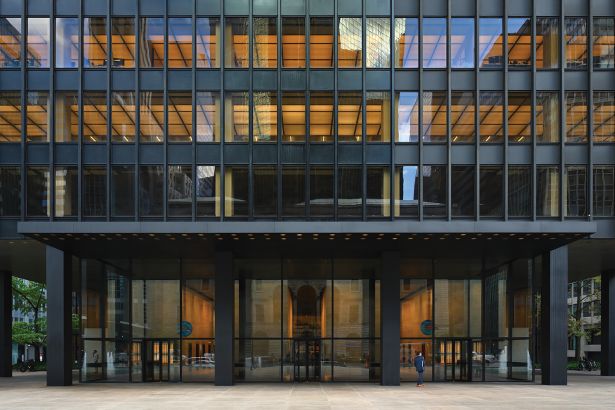
The building is known for its bronze and marble exterior, as well as its floor-to-ceiling windows and two fountains on either side of the property.
“We have this beautiful masterpiece, which is almost more like a piece of art than just a typical office building,” Camhi said. “Throughout the last decade or so, there have been different versions, and we’ve continued to improve the asset without ever taking away the history of the asset or its core elements which make the building special.”
RFR’s upgrades to the property — including an 11th-floor lounge and terrace and a 35,000-square-foot multipurpose amenities center called the Playground — have helped the firm “stay ahead of the curve” and “give tenants what they need,” Camhi added.
Camhi also said RFR has “successfully leased” the building to nearly 100 percent occupancy with “some of the highest rents in the country for an existing building,” as opposed to brand-new developments in the office sector. For instance, when Blue Owl first moved into its space in September 2022, asking rent at the building was $200 per square foot, RFR said at the time.
Just about five blocks north sits BXP’s General Motors Building at 767 Fifth Avenue, completed in 1968 as the headquarters of General Motors.
The building originally displayed automobiles from GM’s collection on the second level, but over time the “needs of the city changed” and ownership “saw an opportunity” to use the space differently, BXP’s Spann said.
That gave way to toy company F.A.O. Schwarz’s store, which closed in 2015, and then ultimately to Apple’s famous glass box “Cube,” where the tech company expanded to more than 77,000 square feet in 2017.
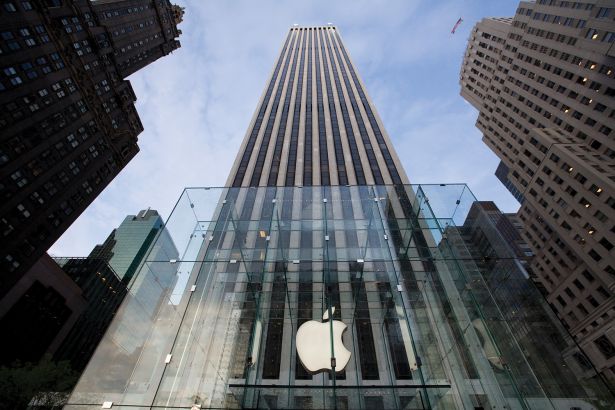
BXP also built a 35,000-square-foot amenity space on the second floor called the Savoy Club, which includes a fitness center, a conferencing suite, and a grab-and-go food and beverage service, Spann said.
The 2 million-square-foot, full-block building overlooking Central Park is also home to restaurant Coco’s at Colette, as well as office tenants such as hedge fund Balyasny Asset Management and investment firm GoldenTree Asset Management.
“I think the single most important decision is listening to your clientele, because every building’s clientele has a different character,” Spann said. “Within the building, we have really given a lot of thought to how we stay ahead of what our clients need.”
That includes preserving the General Motors Building’s original design, including its marble-
clad finish, and upgrading the building’s technology to give each tenant an enjoyable experience, Spann said.
As of October, BXP’s building was roughly 95 percent leased, with an average rent of $123 per square foot, according to a June report from KBRA.
Overall, tenants in Manhattan’s trophy office market prioritize “the best of the best” high-quality and well-located properties, according to Savills’ report. But that’s only become more competitive as that pool of candidates is “overall vastly shrinking,” the brokerage said.
But where New York City’s landmarked, trophy office buildings are limited in number, they make up in location and size.
“New York City has an amazing capacity to evolve with the times,” Spann said. “There’s a constant evolution of how people are using these spaces in the city. And I think it’s all to the good.”
Isabelle Durso can be reached at idurso@commercialobserver.com.


